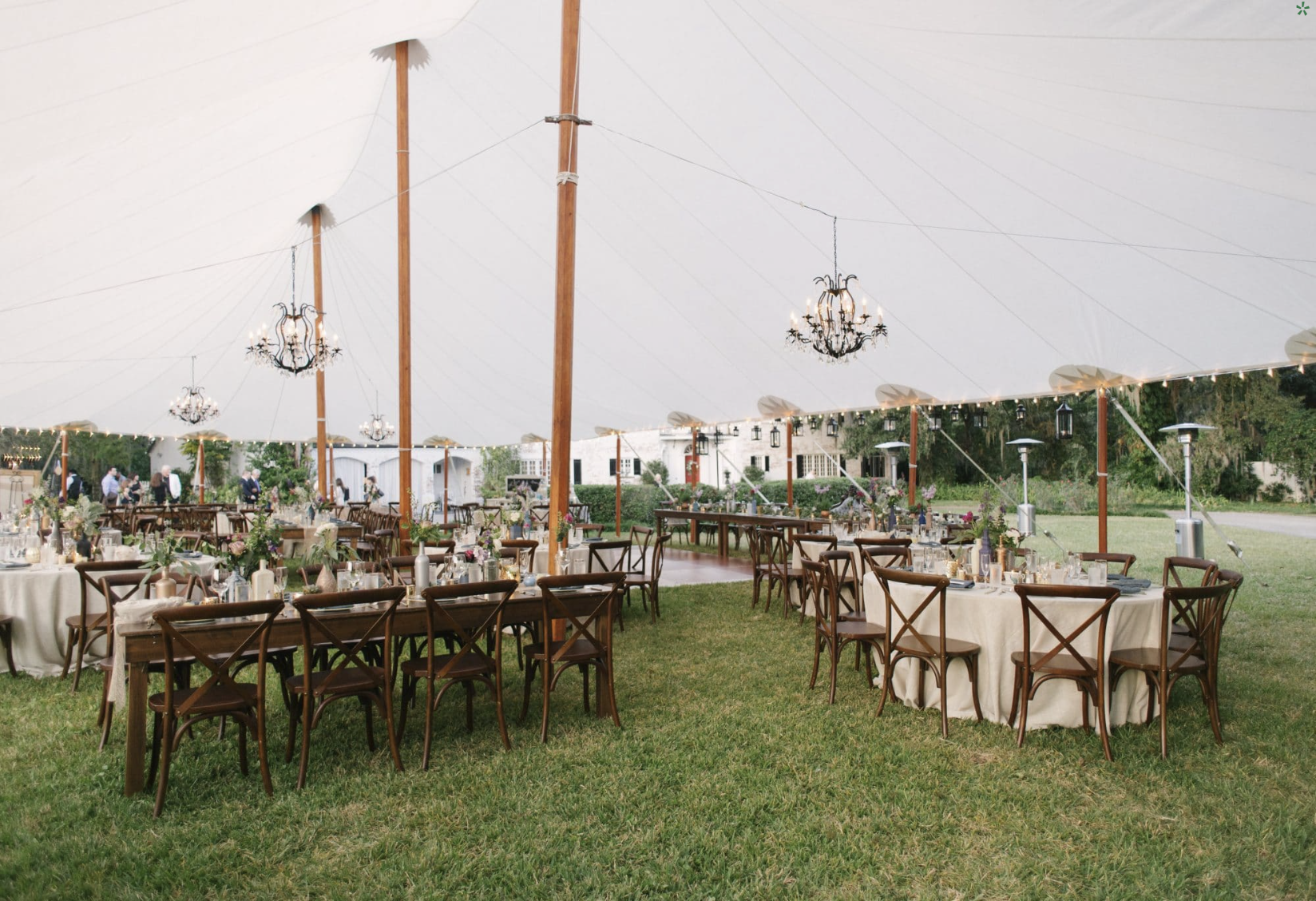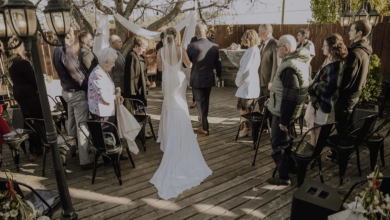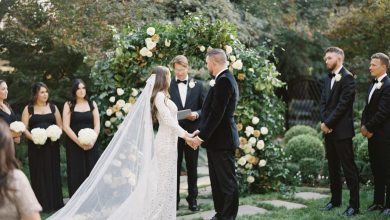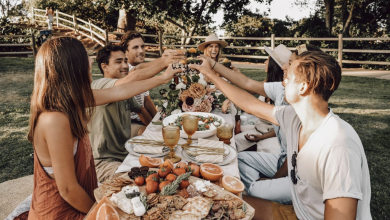A Guide to Understanding Wedding Dress Codes

As you fine-tune the details of your wedding, deciding on a dress code can seem daunting. However, a well-defined dress code does more than ensure guests dress appropriately—it enhances the aesthetics of your celebration, ensures thematic consistency in your photos, and contributes to the overall atmosphere of your event.
Why Should You Include a Dress Code in Your Wedding Invitations?
Specifying a dress code in your wedding invitations sets clear expectations about the formality of your event, guiding guests in their outfit choices and helping to forge a cohesive look for your wedding. Whether you opt for a formal, black-tie affair or a more casual, laid-back gathering, a dress code can prevent any confusion and help your guests feel confident and comfortable in their attire.
How to Communicate Your Wedding Dress Code
Formal Attire For a formal wedding, women should consider elegant, full-length gowns made from luxurious fabrics such as silk or satin, while men should wear a traditional suit and tie, complete with dress shoes. This dress code reflects a high degree of sophistication and elegance.
Semi-Formal or Dressy Casual This dress code offers a blend of formality and comfort. Women can wear cocktail dresses, chic pantsuits, or stylish jumpsuits, and men should opt for a suit and tie, or a combination of a dress shirt and dress pants with dress shoes. This allows for flexibility while maintaining a sense of decorum.
Cocktail Attire Perfect for evening weddings with a lively atmosphere, cocktail attire invites women to wear elegant dresses or sophisticated separates, and men to don suits and ties. Accessories like a distinctive tie or a playful pocket square can add a personal touch.
Casual Attire Ideal for daytime or outdoor weddings, casual attire should still be neat and polished. Women might choose sundresses or smart separates, and men should wear chinos or slacks with a collared shirt. It’s important to specify that jeans, t-shirts, and other overly casual items are not appropriate.
Incorporating a Color Palette
If you wish to incorporate a specific color theme, there are tactful ways to suggest this on your invitations without making it a requirement. For a subtle hint, you could include a description like, “Join us for a celebration adorned with hues of ocean blues and sandy beiges.” For a more direct approach, consider wording such as, “We invite you to dress in shades of blues and beiges to complement our seaside theme.”
It’s crucial to approach this request with flexibility and understanding. Not all guests may be able to fully adhere to your suggested palette, whether due to personal preference or availability. Offering a suggestion such as, “We’d love to see you in spring-inspired colors” can encourage participation without making it feel obligatory.
Final Thoughts
Including a dress code in your wedding invitations helps ensure that your guests feel prepared and comfortable, contributing to a harmonious and memorable event. Remember, the goal of your wedding day is to celebrate your love, and how your guests contribute to this celebration should ultimately focus on joy and inclusivity.



